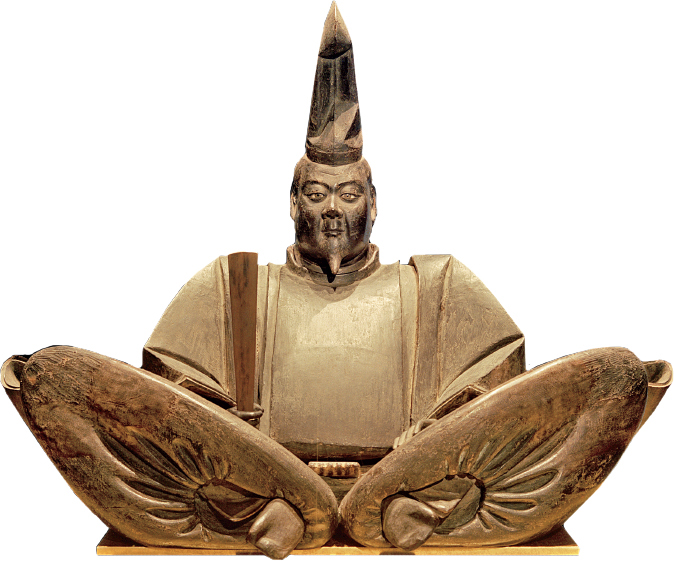How did the Heian form of government contribute to the cultural flowering of Japan in the period?
AAS DESCRIBED IN CHAPTER 7, during the seventh and eighth centuries the Japanese ruling house pursued a vigorous policy of adopting useful ideas, techniques, and policies from the more advanced civilization of China. The rulers built a capital along Chinese lines in Nara and fostered the growth of Buddhism. Monasteries grew so powerful in Nara, however, that in less than a century the court decided to move away from them and encourage other sects of Buddhism.
The new capital was built about twenty-five miles away at Heian (HAY-ahn; modern Kyoto). Like Nara, Heian was modeled on the Tang capital of Chang’an. For the first century at Heian the government continued to follow Chinese models, but it turned away from them with the decline of the Tang Dynasty in the late ninth century. During the Heian period (794–1185), Japan witnessed a literary and cultural flowering under the rule of the Fujiwara family.

The Shogun Minamoto Yoritomo in Court DressThis wooden sculpture, 27.8 inches tall, was made about a half century after Yoritomo’s death for use in a shrine dedicated to his memory. The bold shapes convey Yoritomo’s dignity and power. (Yoritomo [Minamotono-Yoritomo], wood with colored painting and quartz eyes, Kamakura Period, 1300/National Museum, Tokyo, Japan/akg-images)
